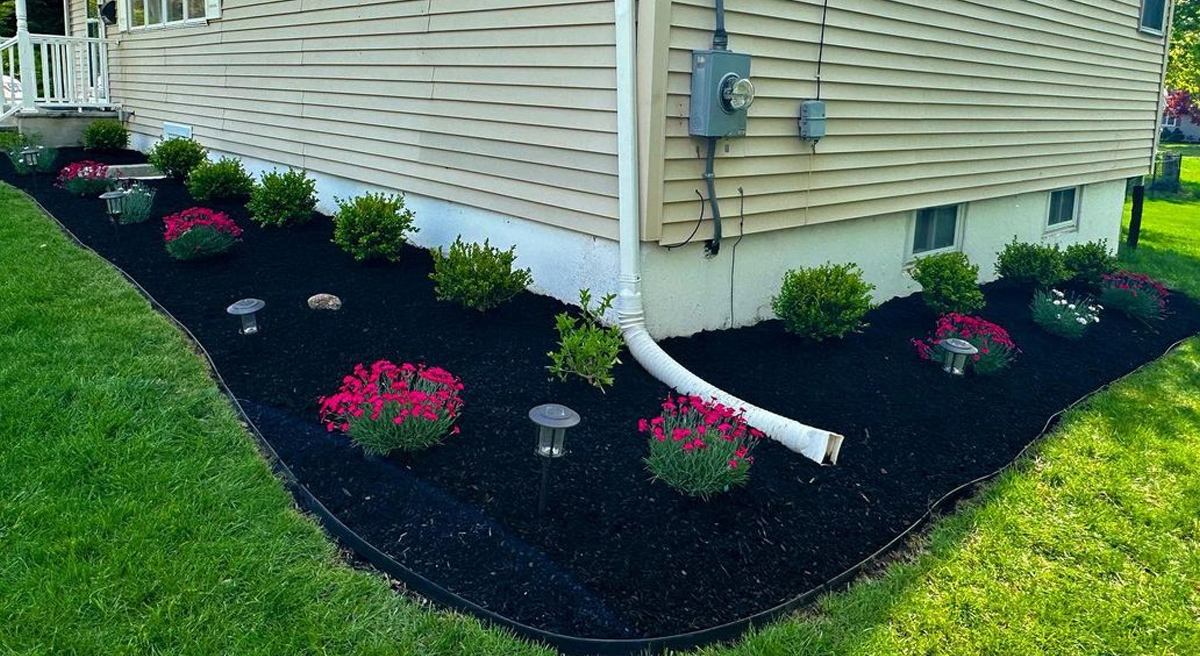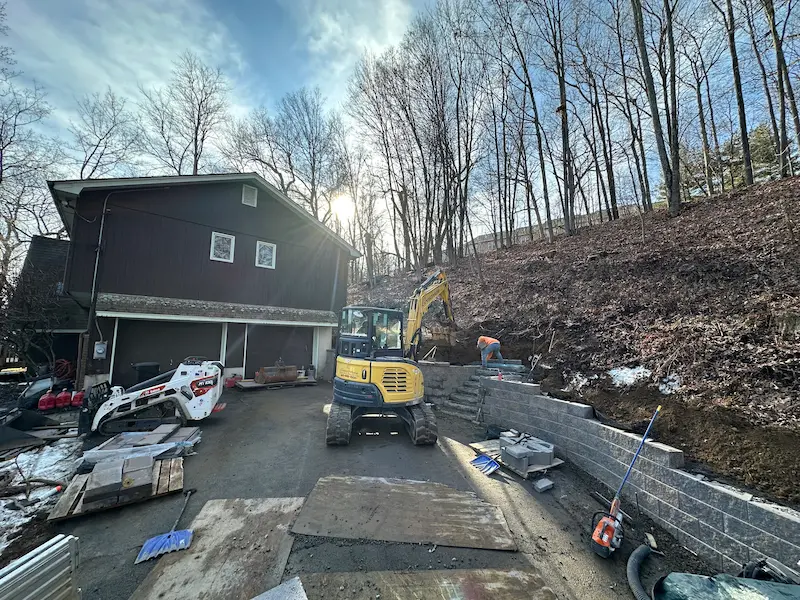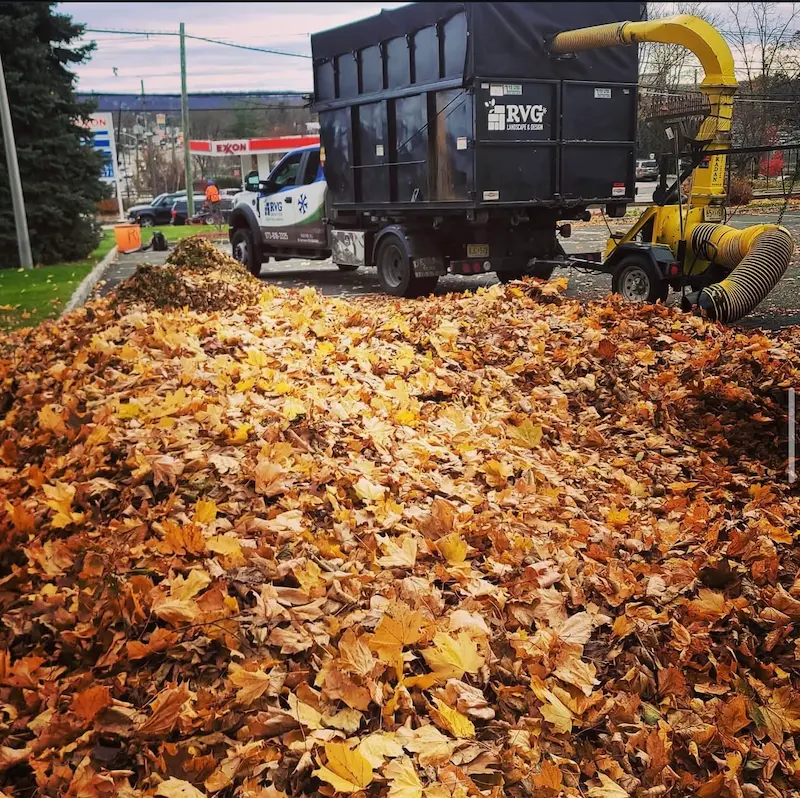Mulch Your Way to a Thriving Garden
Hey there, fellow garden enthusiasts!
Welcome to our blog where we dive into the nitty-gritty of gardening and help you cultivate a lush, vibrant outdoor space. Today we’re talking about a game-changer for your garden—mulching and mulching benefits. Now, we all know that a beautiful garden isn’t just about looks. It’s about creating a thriving ecosystem right in your backyard. As a landscaping business owner and passionate gardener, I can tell you firsthand how crucial mulching is for maintaining plant health and improving soil quality.
In this post, we’ll explore everything you need to know about mulching. We’ll cover what it is, the different types available, and—most importantly—how to apply it correctly. We’ll also dive into the numerous benefits of mulching, share eco-friendly practices, and highlight common mistakes to avoid. Whether you’re a seasoned pro or just starting out, this guide will arm you with the knowledge you need to make your garden the envy of the neighborhood.
What is Mulching?
Mulching is a vital gardening practice that involves covering the soil surface around plants with a protective layer of material. This layer can be organic, such as wood chips, straw, or compost, which not only enhances the soil but also enriches it over time as it decomposes. Alternatively, inorganic materials like plastic or gravel can be used, providing a long-lasting solution that prevents weed growth.
One of the primary benefits of mulching is its ability to help retain soil moisture, which is crucial for plant health, especially during hot and dry spells. By reducing evaporation a good mulch layer can significantly lower watering needs, saving both time and resources. Mulching also effectively suppresses weeds, which compete with plants for nutrients and water. By creating a barrier, mulch prevents weed seeds from germinating, allowing your plants to thrive with less competition.
Another important function of mulch is its role in regulating soil temperature. During hot weather, mulch can keep the soil cool, protecting plant roots from heat stress. Conversely, in colder months, it provides insulation, helping to maintain a more stable soil temperature. This can extend the growing season and protect sensitive plants from frost.
Beyond the practical benefits of mulch, mulching enhances garden aesthetics by providing a neat and uniform look. A well-mulched garden not only appears organized but can also highlight the beauty of the plants, making the entire area more visually appealing. Organic mulches decompose, adding valuable nutrients back into the soil, which is essential for healthy plant growth. This natural process improves soil structure by increasing its organic matter content, resulting in better aeration and drainage—both vital for root development. Fertility also improves, making it an essential practice for sustainable gardening. Mulching is not limited to just flower gardens; it’s also incredibly beneficial for landscaping services and homeowners looking to maintain healthy lawns and flower beds. Properly mulched areas can reduce the need for synthetic fertilizers and pesticides, promoting a more eco-friendly approach to gardening.
Understanding the importance of mulching is the first step toward creating a healthier, more vibrant garden. In the following sections, we will delve deeper into the various types of mulch available, along with tips on how to use them effectively to maximize their benefits, ensuring your gardening efforts yield the best possible results.
Types of Mulch
Mulch comes in two primary types: organic and inorganic. Each type has its own set of benefits, materials and best uses, depending on your gardening needs and environmental conditions.
Organic Mulch
Organic mulches include materials like wood chips, straw, grass clippings, and compost. These mulches decompose over time, enriching the soil with essential nutrients. Organic mulches are ideal for vegetable gardens, flower beds, and shrubs. They improve soil structure, promote healthy root growth, and enhance microbial activity.
One popular organic mulch is wood chips, which are excellent for suppressing weeds and retaining moisture. Straw is another great option, especially for vegetable gardens, as it decomposes quickly and adds nitrogen to the soil. Grass clippings and compost are readily available and provide a nutrient-rich layer that supports plant growth.
Inorganic Mulch
Inorganic mulches include materials like plastic sheeting, gravel, and landscape fabric. These mulches do not decompose, making them a long-lasting option for weed control and soil temperature regulation. Inorganic mulches are best suited for areas where you want minimal maintenance, such as walkways, driveways, and around trees.
Plastic sheeting is effective for preventing weed growth but can inhibit water penetration if not perforated. Gravel and stones provide a decorative touch to pathways and garden borders while helping to prevent soil erosion. Landscape fabric is often used under other mulches to enhance weed suppression and soil protection.
Choosing the right type of mulch depends on your specific gardening goals and environmental conditions. Both organic and inorganic mulches have their advantages, and combining them can offer the best of both worlds.
Mulching Techniques
Proper mulching techniques are crucial for maximizing the benefits of mulch and ensuring the health of your plants. Follow these steps to mulch your garden or landscape effectively:
Step 1: Prepare the Soil
Before applying mulch, it’s crucial to prepare the soil properly to ensure the best results. Start by removing any weeds and debris, as these can compete with your plants for nutrients and water. Use a garden fork or rake to loosen the soil surface, which will improve aeration and enhance water infiltration. This step is essential because compacted soil can hinder root growth and overall plant health. If you’re using organic mulch, consider enriching the soil further by adding a layer of compost. Compost not only provides vital nutrients but also improves soil structure, helping retain moisture and promote a thriving ecosystem for beneficial microorganisms. Taking these steps will set a solid foundation for your mulch and ultimately support the health of your garden.
Step 2: Choose the Right Amount
Determining the right amount of mulch is crucial and depends on both the type of mulch you select and the specific area you intend to cover. As a general guideline, aim to apply a 2-4 inch layer of mulch around plants and trees to ensure effective moisture retention and temperature regulation.
Keep in mind that different types of mulch, like wood chips, straw, or bark, may have varying densities, which can affect how much you need. It’s important to avoid applying too much mulch, as this can suffocate plant roots and lead to rot. Using too little mulch might fail to provide adequate protection against weeds and soil erosion. Finding the right balance will help your plants thrive and contribute to a healthier garden ecosystem.
Step 3: Apply the Mulch
Carefully spread the mulch evenly around your plants, ensuring to leave a small gap around the stems or trunks. This gap is crucial as it helps prevent rot and promotes healthy growth. For trees and shrubs, it’s beneficial to create a mulch ring that extends out to the drip line, which is the outer edge of the tree’s canopy where water naturally drips from the leaves. This practice encourages moisture retention in the soil while providing essential nutrients as the mulch breaks down over time. Be sure to avoid piling the mulch directly against the stems or tree trunks; doing so can create a damp environment that fosters moisture buildup, ultimately leading to disease and other issues. Aim for a mulch layer of about 2 to 4 inches thick for optimal coverage and protection.
Step 4: Maintain the Mulch
Mulch decomposes over time, so it’s essential to replenish it periodically. Check your mulch regularly and add more as needed to maintain the desired thickness. For organic mulches, consider turning the mulch occasionally to aerate it and promote decomposition.
By following these techniques, you can ensure that your mulch works effectively to support your plant’s health and soil quality.
The Benefits of Mulching
Mulching offers a wide range of benefits that contribute to a healthier garden and landscape. Here are some of the key advantages:
Moisture Retention
Mulch helps retain soil moisture by reducing evaporation. This is especially important during hot summer months or in regions with limited rainfall. By keeping the soil moist, mulch reduces the need for frequent watering, saving time and resources.
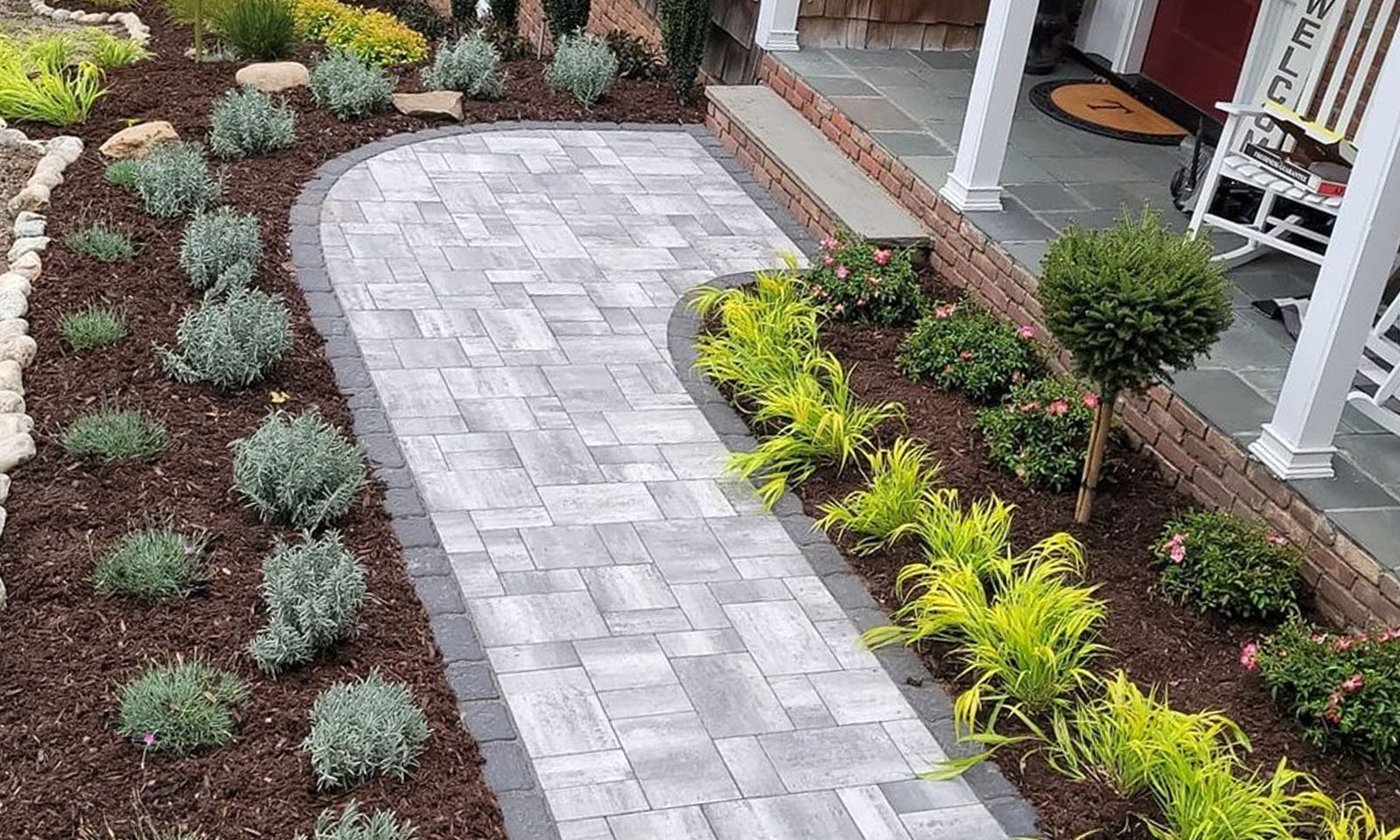
Weed Suppression
A thick layer of mulch acts as a barrier to prevent weed seeds from germinating. This reduces competition for nutrients and water, allowing your plants to thrive. Regular mulching can significantly reduce the time spent on weeding and maintenance.
Temperature Regulation
Mulch acts as an insulating layer, protecting plant roots from extreme temperature fluctuations. In summer, mulch keeps the soil cooler, while in winter, it helps retain warmth. This temperature regulation promotes healthy root growth and reduces stress on plants.
Soil Improvement
Organic mulches decompose over time, adding valuable organic matter to the soil. This improves soil structure, enhances nutrient availability, and supports beneficial microbial activity. Healthier soil leads to healthier plants and higher yields.
Erosion Control
Mulch helps prevent soil erosion by reducing the impact of rain and wind on the soil surface. This is particularly important on slopes and in areas prone to erosion. By stabilizing the soil, mulch helps maintain a healthy root system and prevents nutrient loss.
By understanding and leveraging these benefits, you can create a more resilient and productive garden.
Eco-Friendly Mulching Practices
Sustainable gardening practices are essential for minimizing our environmental impact. Here are some eco-friendly mulching options to consider:
Recycled Materials
Using recycled materials as mulch is an excellent way to reduce waste and promote sustainability in your gardening practices. Shredded newspaper and cardboard for example, can be effectively utilized as mulch layers. These materials not only help suppress weeds and retain moisture in the soil but also decompose over time, enriching the soil with valuable organic matter and nutrients. By breaking down gradually, they enhance soil structure and fertility. Additionally, employing recycled materials means diverting waste from landfills, contributing to a more eco-friendly environment. This practice aligns with the broader goals of reducing our carbon footprint and encouraging a circular economy, where materials are reused and repurposed rather than discarded.
Local Sources
Sourcing mulch locally reduces the carbon footprint associated with transportation. Many communities offer free or low-cost mulch from local tree trimmings and yard waste. Using locally sourced mulch supports local economies and reduces the environmental impact of long-distance shipping.
Organic Mulch Options
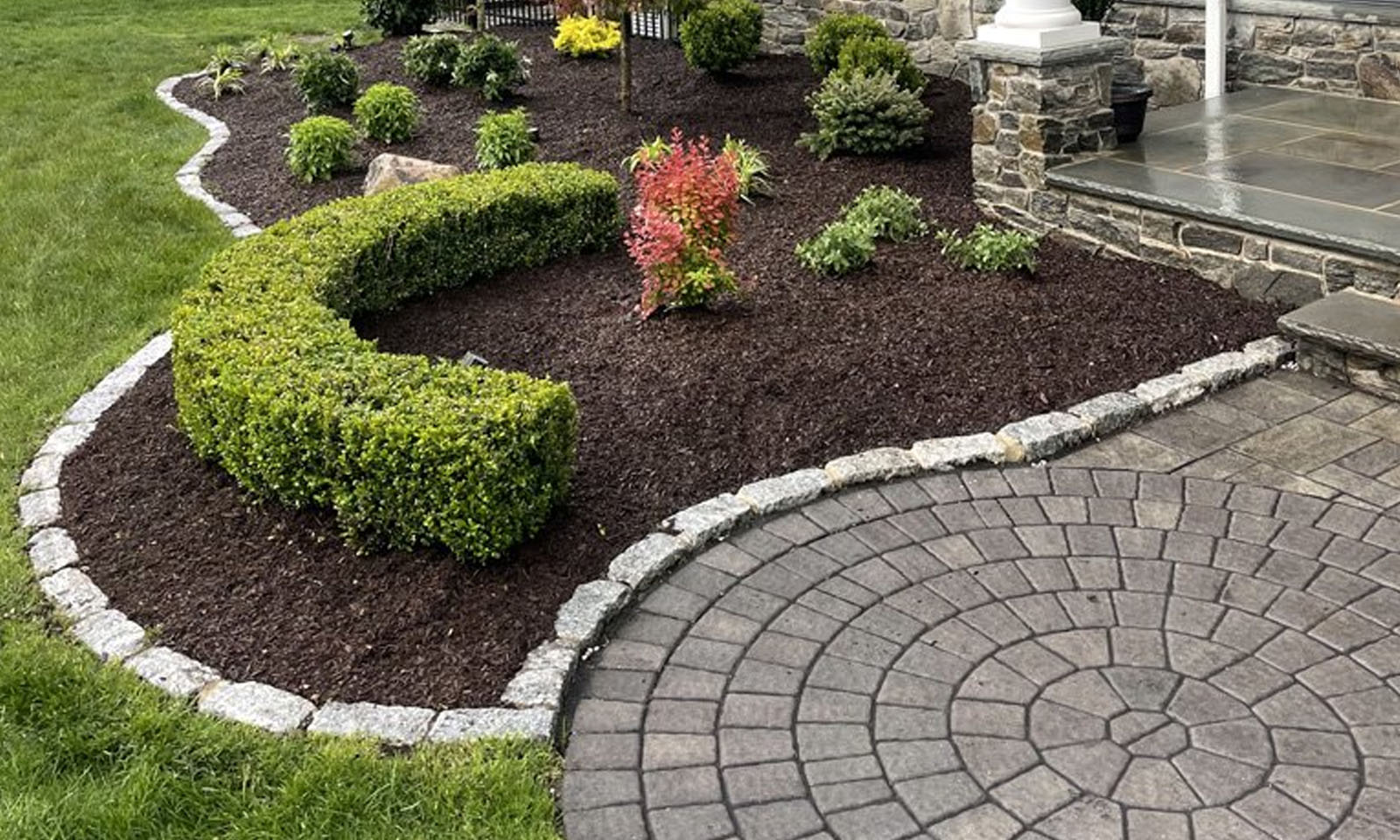
Choosing organic mulches such as wood chips, straw, and compost is a fantastic way to promote a healthy ecosystem in your garden or landscape. These materials not only break down naturally over time but also enhance soil fertility by adding essential nutrients back into the ground. This process supports a thriving community of beneficial organisms, such as earthworms and microorganisms, which are crucial for maintaining soil health.
Wood chips, for instance, provide a long-lasting mulch that suppresses weeds and retains moisture, while straw is lightweight and excellent for insulating delicate plants during colder months. Compost, on the other hand, enriches the soil with a rich blend of nutrients and helps improve soil structure.
It’s important to avoid using chemically treated or dyed mulches, as these can introduce harmful substances into the soil, potentially harming plants and disrupting the delicate balance of the ecosystem. By choosing organic options, you contribute not only to the health of your garden but also to the broader environment.
Composting
Creating your own compost is a sustainable and rewarding way to produce nutrient-rich mulch that can enhance your garden’s health. Composting kitchen scraps, yard waste, and other organic materials not only reduces the amount of waste sent to landfills but also transforms these materials into a valuable resource for your garden. By incorporating items like fruit and vegetable peels, coffee grounds, grass clippings, and fallen leaves, you can create a diverse mix that enriches your compost pile.
Homemade compost is free, environmentally friendly, and can be tailored to meet the specific needs of your garden, ensuring that your plants receive the right nutrients. By carefully managing the composting process—balancing carbon-rich “browns” like dried leaves and paper with nitrogen-rich “greens” like food scraps—you can create a healthy compost that breaks down efficiently.
By adopting eco-friendly mulching practices, such as composting, you contribute to a healthier environment while enjoying the numerous benefits of mulch, including improved soil structure, enhanced moisture retention, and weed suppression. Over time, your compost will not only enrich your garden but also create a cycle of sustainability that benefits both you and the planet.
Common Mulching Mistakes
Even experienced gardeners can make mistakes when it comes to mulching. Here are some common errors and how to avoid them:
Over-Mulching
Applying too much mulch can suffocate plant roots and prevent essential water and air from reaching the soil. This lack of aeration and moisture can create an environment conducive to root rot and various plant diseases. To avoid the pitfalls of over-mulching, it is crucial to follow the recommended 2-4 inch layer of mulch, which provides adequate coverage without overwhelming the plants. Be mindful to avoid piling mulch directly against the stems or trunks of plants, as this can trap moisture and lead to decay.
Using the Wrong Mulch
Not all mulches are suitable for every garden or plant type, and choosing the wrong one can have significant negative effects on plant health and soil quality. Using plastic mulch in a vegetable garden can severely hinder water penetration and restrict root growth, ultimately leading to poor yields. Also, plastics can be eaten by animals and can ultimatly kill the animal.
Certain organic mulches may decompose too quickly or introduce unwanted pests if not properly managed. It’s essential to research and select the appropriate mulch that meets the specific needs of your garden, taking into account factors like moisture retention, temperature regulation, and the types of plants you are growing.
Neglecting to Replenish Mulch
Mulch decomposes and breaks down over time, losing its effectiveness. Neglecting to replenish mulch can lead to weed growth, moisture loss, and reduced soil fertility. Check your mulch regularly and add more as needed to maintain the desired thickness and benefits.
Improper Application
Applying mulch incorrectly can negate its benefits and harm your plants. Common mistakes include piling mulch against plant stems, spreading it unevenly, and failing to prepare the soil beforehand. Follow proper mulching techniques to ensure optimal results.
By avoiding these common mistakes, you can maximize the benefits of mulching and support the health of your garden.
Our RVG opinion and conclusion on mulching
Mulching is a powerful tool for gardeners, environmental enthusiasts, and homeowners looking to enhance plant health and soil quality. By understanding the different types of mulch, proper mulching techniques, and the numerous benefits, you can create a thriving garden that supports a healthy ecosystem.
Whether you’re a seasoned gardener or just starting, incorporating mulching into your gardening routine can lead to significant improvements. From moisture retention and weed suppression to soil enrichment and temperature regulation, the benefits of mulching are far-reaching.
Professional Mulching Services with RVG Landscaping
Explore various mulching options and experience the difference with our top-notch mulching services. Our team of experts is here to provide you with quality materials and exceptional customer satisfaction that will elevate your gardening experience. Don’t miss out—contact us today for personalized advice and let us help you transform your garden into a thriving oasis. Join our vibrant gardening community and share your mulching success stories. Happy gardening!

